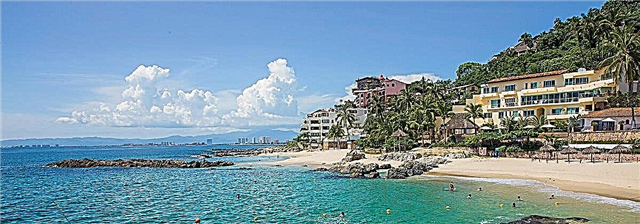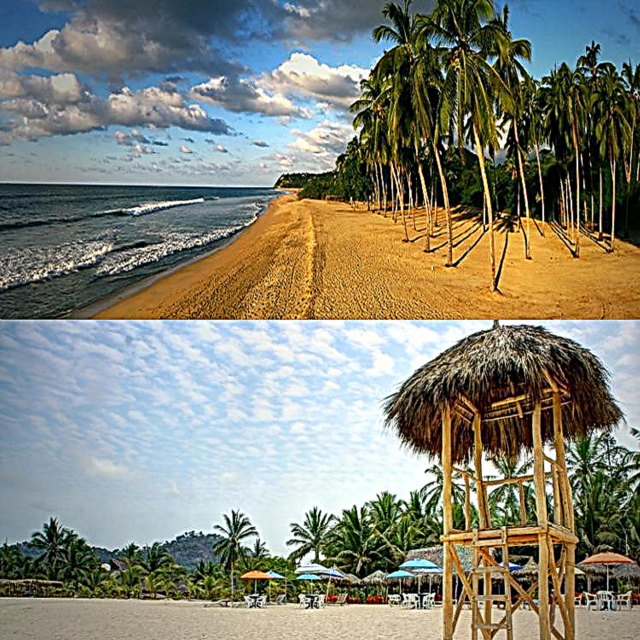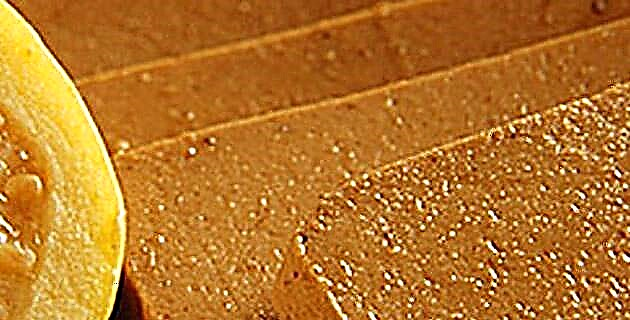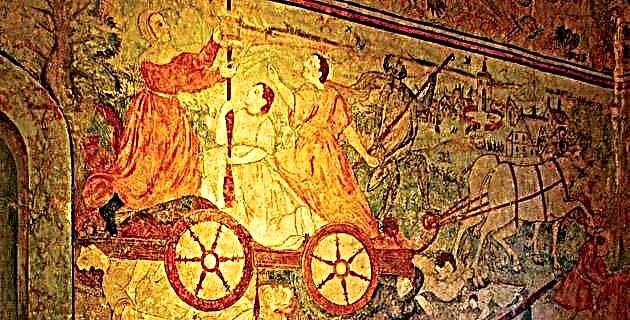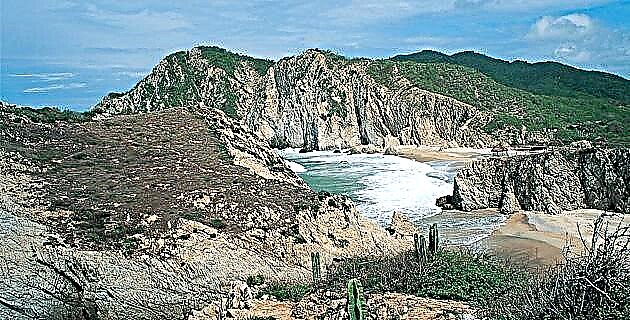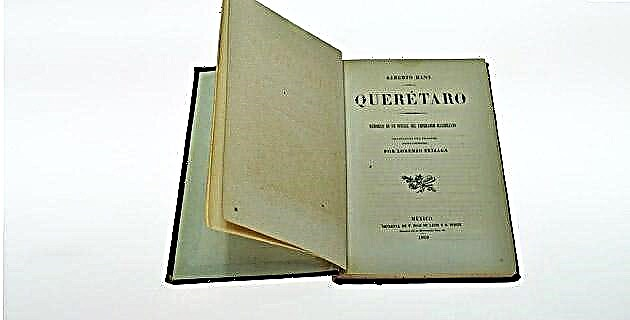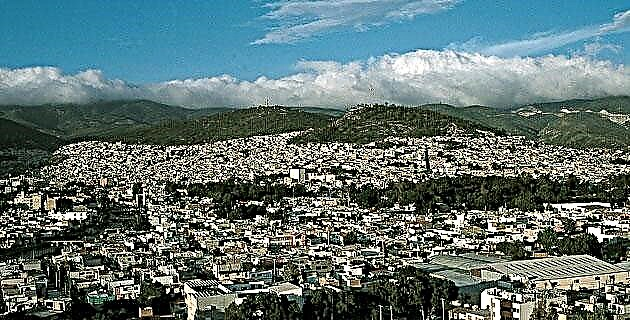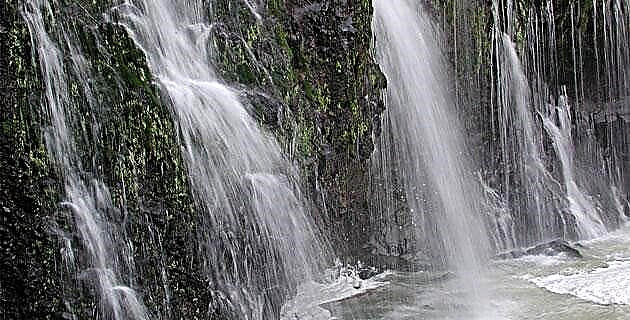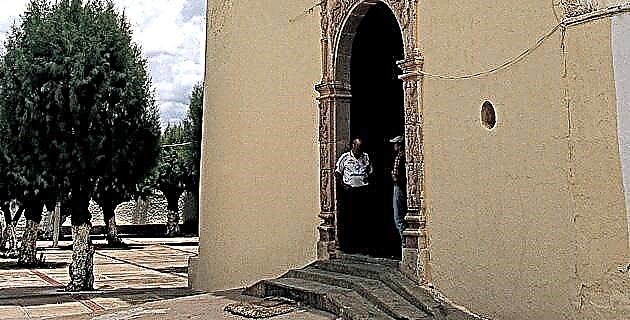
The oldest town in Durango is full of surprises. One of them is the rare church of Jesús Nazareno, which houses an emblematic object of the place and at the same time very peculiar: a perforated skull that evokes an almost epic story and an enigma that has yet to be deciphered ...
One would never imagine that this picturesque little town between Durango and Zacatecas, along Highway 45, has something special. The most immediate temptation is to avoid the semi-arid lands, leave behind these old houses and finish covering the 52 kilometers that remain to the capital of Durango. But to begin with, there are his old stories, including a truly extraordinary one: that of Don Uraján de Luna.
Water and a canvas of the Souls of Purgatory
The Franciscan friars preached in these parts of eastern Durango from approximately 1555, but it was not until seven years later, when the explorer Francisco de Ibarra formally founded the town of Nombre de Dios, the oldest in Durango and in the entire northwest of New Spain. Spaniards and Indians who accompanied Ibarra settled in the town and the people of Nombre de Dios still recognize the guardrail that divided the spaces for each group to the north and south. Among the founding Indians there was a group of Michoacan Purépecha who established their own neighborhood and their temple, that of Jesús Nazareno (on the corner of Coronado and Constitución).
They say that a few decades after its founding, the Purépecha of Nombre de Dios had problems with the water rights of their farmlands. Consequently, their chief, don Uraján de Luna, began the steps to recover them. The litigation was quite complicated and Uraján had to travel to Spain to try to solve the problem directly before the king (perhaps Felipe III). But breaking through the court barriers was an impossible task, so to gain the monarch's attention one day he threw himself into the street in front of the horses of the royal carriage. The drivers barely managed to stop the vehicle. The gesture had the desired effect: amazed at such a bold act, the king gave the chief an audience, resolved his matter favorably and also gave him a large canvas of the Souls of Purgatory as a gift.
The temple and its stories
Among all the wonders of the Church of Jesus Nazareno there are at least two that evoke this story. This 400-year-old temple has a beautiful doorway decorated with little angels that recalls the 16th century Michoacan architecture. Inside there are multiple high-quality viceregal pieces: three large articulated processional Christs (with movable arms, to lower them from the cross), a painting of San Isidro Labrador and polychrome images of the apostles Santiago, San Pedro and San Pablo and the archangels San Miguel, San Gabriel and San Rafael. On the walls there are magnificent fresco paintings with some Stations of the Cross that are now visible, because the painting that hid them is under restoration. And it is precisely this painting now absent, that of the Souls of Purgatory to which the story refers. It is a huge oil painting, several meters square. It was perhaps painted in Mexico City, and there are critics who say that one of the characters desperately trying to get out of the flames of purgatory is none other than Uraján de Luna.
The other piece that refers to history is Don Uraján's own skull, which is in an old and small display case inside the temple. It is not an ordinary skull, a huge hole indicates that he was killed by a blow of the beak. This must have happened in the early seventeenth century. They were probably his political enemies or people who were affected by his efforts.
However, this story comes in handy with a people rich in art, history, tradition, and popular genius like Nombre de Dios.
One can continue the adventure visiting its other interesting temples, such as the parish of San Pedro Apóstol, the ruins of the church of San Francisco, with its arch in front, the Chapel of Our Lady of the Nativity, with its fabulous viguería more than three hundred years old. ; and its beautiful Michoacan image of Nuestra Señora de la Soledad, or the baroque chapel of the Juana Guerra ranch, 5 kilometers from the town.
If you get hungry ...
The complement to the visit to the church of Jesús Nazareno can also be more mundane. The gastronomy of Nombre de Dios is fabulous. Around the temple (and in other parts of the town) one finds stores selling fruit wines (tuna, quince, among others), preserves, dried apricots, chili peppers and sweets. There are also inns that prepare anthology gorditas (the most famous are those of Doña Aleja, at Francisco Zarco 501, next to the main square). And, importantly, you can also visit the vinatas, that is, the artisan mills-ovens-distilleries where a delicious mezcal is made.
Journalist and historian. He is a professor of Geography and History and Historical Journalism at the Faculty of Philosophy and Letters of the National Autonomous University of Mexico, where he tries to spread his delirium through the strange corners that make up this country.

